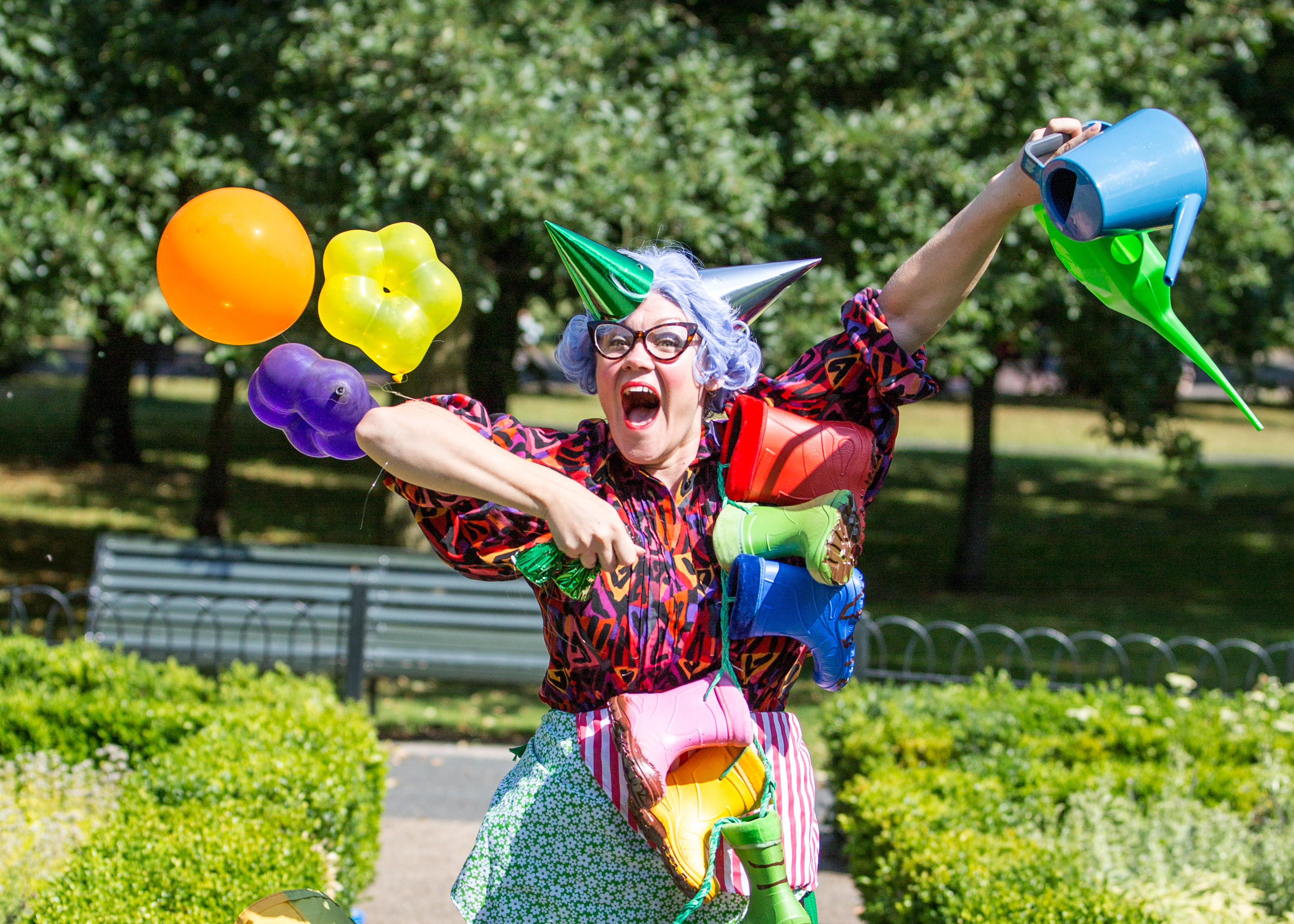When I was invited to write for this blog I thought I’d like to focus on what has been remarkable since we started working with IEYC. Snapshots of our children and their parents enjoying the Entry and Exit Points, teachers discussing the best use of our environment to support children's learning instantly came to mind. Though trivial, they represent what we wanted to accomplish and how this curriculum has made a difference in our school community.
The British School strives for excellence, for caring and motivating every pupil to realise their full potential. Play and how it underpins both development and learning, for pupils and teachers alike, has challenged us to design new creative learning that meet individual needs, supported by targeted interventions whenever appropriate and within a supportive environment.
We started the IEYC implementation by familiarising teachers with the curriculum content and specific guidelines, not only to allow them to appropriately assess interventions and activities but also to coherently, consistently and confidently incorporate them into their teaching practice. This was facilitated by a workshop with open-ended discussions followed by pilot-testing some units in the first year, and an increased number of units in the subsequent years.
Each Learning Unit starts with a ‘wow factor’ that captures learners’ engagement and leads them to explore the topic - a dress-up day, a visit by a character (e.g., a dinosaur) or parents coming in for an activity. The overarching theme is carefully linked to real-life experiences and learners are challenged to develop critical and creative skills that culminate in meaningful and exciting outcomes.
Before implementing the IEYC, the learning opportunities of the outdoor environment were little explored. The IEYC opened the classroom doors to including outdoor areas - not only the play area but the entire school environment - in lesson planning and potential inquisitive exploration as learning resources. Viewed as an extension of the classroom, these areas allowed implementing the IEYC through play–based activities and also creating a learning area called Discovery Centre. We wanted to make sure that every child would have access to a curriculum that prepares them to deal with challenging experiences.
During our planning meetings, we also reflected on key issues, such as, What should our pupils learn or be curious about? What can be changed to foster our pupils' curiosity? In our learner-centred curriculum, teachers’ observing the children's interests and becoming aware of their developmental needs was a major shift into providing our children with more varied types of self-initiated and free-flow learning opportunities both indoors and outdoors.
The Learning Strands within the IEYC also call for constantly going to different environment and adapting them to the thematic units and to the children's interests and needs. These changes spark children's imagination and bring learning to life, and have brought about reduced stress in the classroom, fewer behavioral issues and a higher sense of pride in their learning.
Since we started the e-learning process we have also been in close contact with parents to encourage and support their implementing the same type of approach to activities delivered at home. Concerning EYFS, e-learning has encouraged reflection and discussion on how to co-construct our knowledge and best engage pupils in meaningful e-activities. My quality interaction with my team has played a vital role in supporting them to meet these challenges. We have become stronger as a team and have collaboratively designed videos featuring teachers implementing different activities (circle time songs, morning greetings) that are more humanised, more connected to the teachers’ and the students’ reality - the home as a new context of instruction. We have also introduced virtual meetings to strengthen the teacher-pupil-family bond. Parents have used ClassDojo (the app that is the major facilitator of parent<>teacher/school<>pupil communication) to post videos of their children at task and comment on activity outcomes. They have provided us with very positive feedback that has also led to adjustments in planning the next steps and filling in any learning gaps. The IEYC framework has greatly assisted in contextualizing learning and fostered the school syllabus continuity, connection and family engagement.
Finally, I would like to go back to the title of this article: IEYC – What difference has it made to our school? I am glad to say that the changes brought by this curriculum have evidenced the rich contribution to pupils´ learning and teachers’ constant reflection and constructive criticism.



